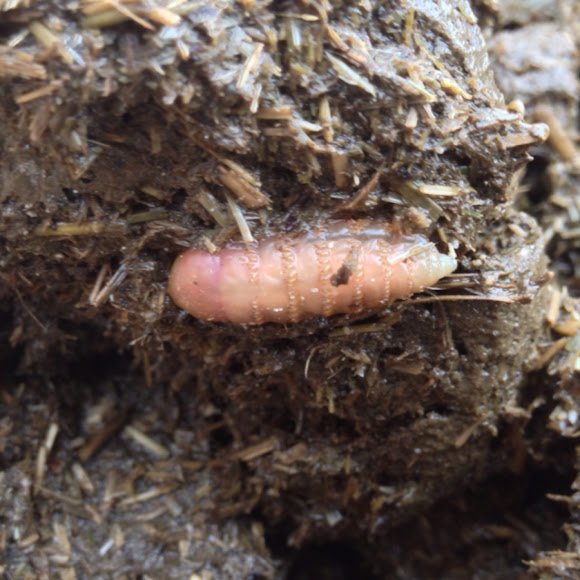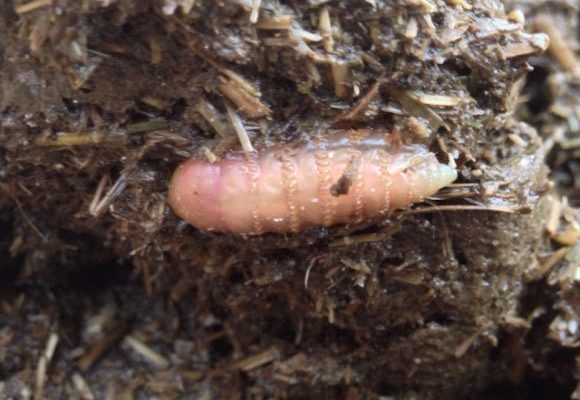
Let’s unpack what botflies are and why their larvae are more than just creepy crawlies. Imagine a tiny, unsuspecting animal—like a mouse or a rabbit—carrying around a little surprise in its skin. That’s where the botfly larvae come in. They enter the host through the skin, developing in a cozy little home while the host goes about its day. This unusual relationship raises questions about ecology, parasites, and the incredible ways animals adapt to survive and thrive. So, grab a cup of coffee, and let’s dive deep into the fascinating world of botfly larvae.
What Are Botflies?
Botflies belong to the family of **Oestridae**, and they’re known for their unique life cycle. There are many species, but the most notorious is the **human botfly (Dermatobia hominis)**. You might be wondering how they get their reputation. These flies are large and hairy, resembling bumblebees, which makes them hard to ignore when they buzz around.
What sets botflies apart is their reproductive strategy. They don’t just lay eggs like most insects. Instead, the female botfly captures another type of insect, often a mosquito, and lays her eggs on it. When the mosquito bites a host animal, the warmth of the host causes the eggs to hatch, releasing the larvae into the skin. This leads us into the next curious phase of their life cycle.
The Life Cycle of Botfly Larvae
The journey of a botfly larva is nothing short of incredible. After they penetrate the skin of their host, they create a small hole that allows them to breathe. This hole looks almost like a pimple, which can be pretty alarming! The larvae live burrowed in the skin, feeding on the tissues and blood of their host for about **five to ten weeks**.
During this time, the host often doesn’t realize something is amiss. The larvae go through several stages, known as instars, where they grow and develop. Once they are ready to pupate, they push themselves out of the host’s skin and fall to the ground, where they transform into adult flies. Think about that for a second—the very creatures that were once hidden under the skin are now free to spread their genes and start the cycle all over again.
Why Teach About Botfly Larvae?
So, why focus on botfly larvae in wildlife education? For starters, they provide a real-life example of ecological relationships. Botflies exemplify the idea of **parasitism**, where one organism benefits at the expense of another. This dynamic is crucial for understanding ecosystems, as it helps students appreciate the balance of different species and how they interact.
Moreover, teaching about botfly larvae can spark curiosity in students. Instead of viewing nature through a sanitized lens, they encounter the raw, sometimes brutal realities of life. It can lead to discussions about **adaptation**, **survival**, and the diverse strategies animals use to thrive in their environments. Using botflies as a teaching tool can open doors to discussions about other parasites and relationships in nature, which is a significant part of biology.
Common Misconceptions About Botfly Larvae
When it comes to botflies, there are plenty of myths and misconceptions that can mislead learners. One common misunderstanding is that botflies only affect humans. In reality, they primarily target mammals, including dogs, cats, and livestock. While human cases are relatively rare, they do happen, leading to a lot of concern.
Another misconception is that botfly larvae are dangerous in a way that makes them a significant threat to health. Honestly, while they can cause discomfort and may lead to infection if not treated, they are not typically life-threatening. Understanding the real risks involved can help create informed students who are better equipped to appreciate the complexities of wildlife and their interactions.
How to Safely Handle Botfly Larvae Encounters
If you or a pet encounters botfly larvae, it’s crucial to handle the situation with care. The best course of action is to seek help from a veterinarian or a medical professional, as they know how to remove the larvae safely. Never try to dig them out yourself! This can lead to infection, worsening the situation.
Here are some steps to keep in mind if you suspect a botfly infestation:
- Monitor Symptoms: Look out for swelling, redness, or pus around the area where the larva has burrowed.
- Visit a Professional: The safest way to remove a botfly larva is through professional care.
- Follow Aftercare Instructions: After removal, keep the area clean and watch for signs of infection.
Teaching about these encounters can also open discussions about human-animal interactions and responsible pet ownership.
Engaging Activities for Wildlife Education
To make learning about botflies more engaging, consider incorporating interactive activities. Here are a few ideas to spark interest:
1. **Create a Life Cycle Model:** Use crafting materials to create a visual representation of the botfly life cycle. This hands-on activity helps solidify understanding.
2. **Field Observations:** Organize a field trip to a local nature center to observe potential hosts for botflies. Discuss their roles in the ecosystem.
3. **Research Projects:** Encourage students to research different parasites and present findings. This could help in comparing and contrasting various ecological roles.
These activities allow learners to immerse themselves in the subject, making education about even the most unusual topics feel relatable and exciting.
Learning about botfly larvae might not seem appealing at first glance, but it serves as an excellent window into the complexities of nature. Through understanding their life cycle, ecological roles, and safe handling practices, we can equip ourselves with knowledge about the intricate relationships that define our world. Wildlife education isn’t just about the cute and cuddly; it’s also about the bizarre and unexpected.
Incorporating topics like botfly larvae into educational programs can foster curiosity, appreciation, and respect for all forms of life. By unraveling the mysteries behind these unique creatures, we help build a foundation for future generations to engage with nature thoughtfully and responsibly. So, let’s keep exploring the wonders of wildlife, one fascinating lesson at a time!

